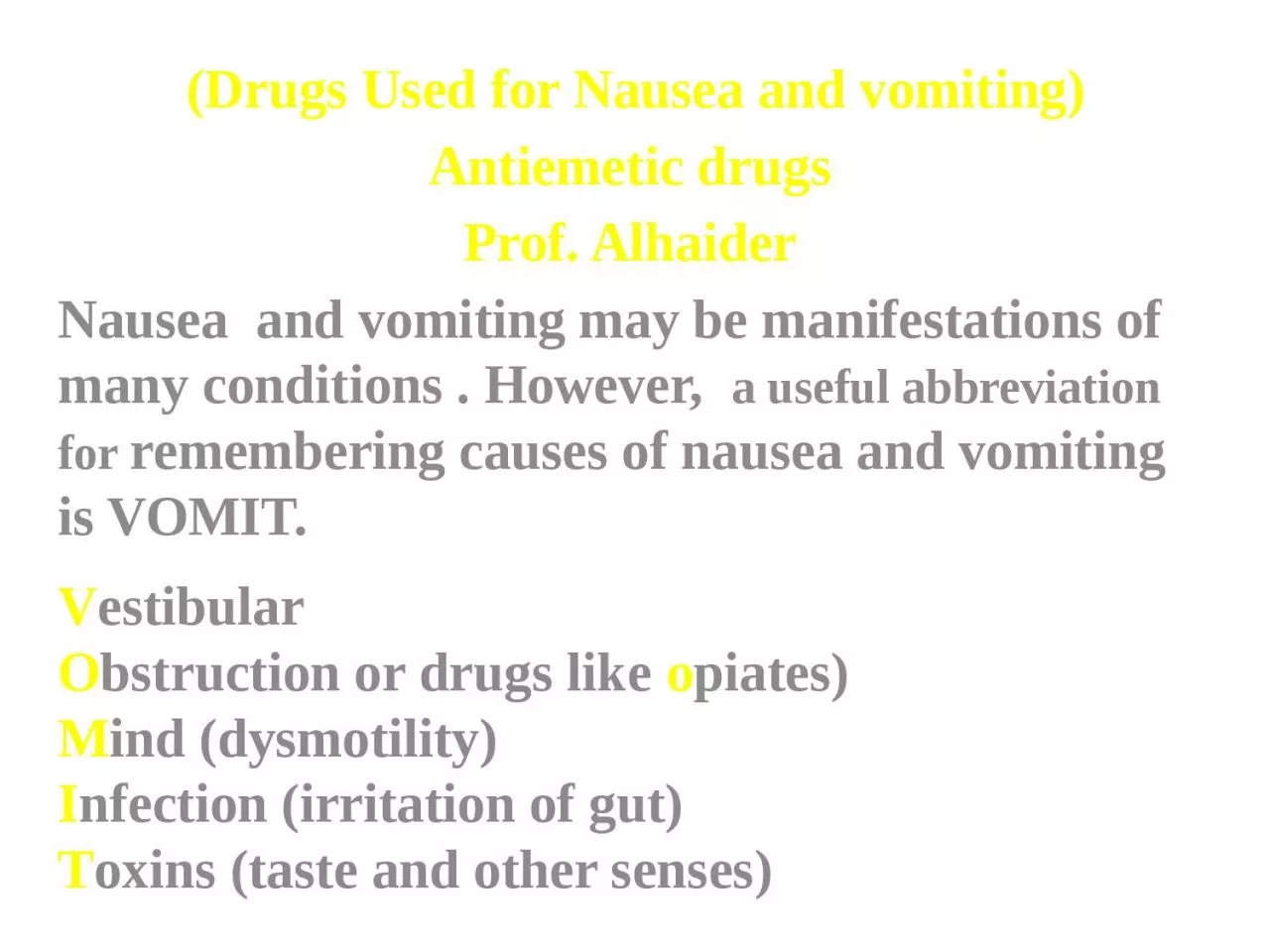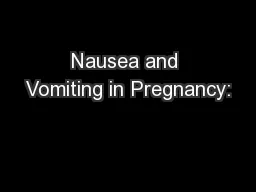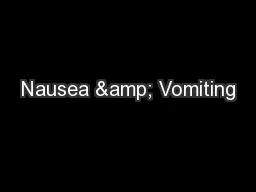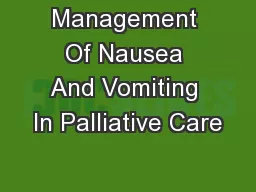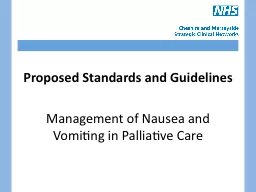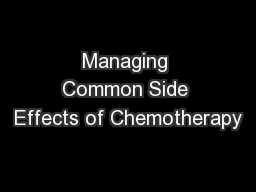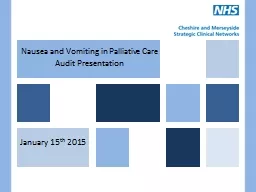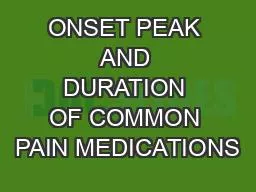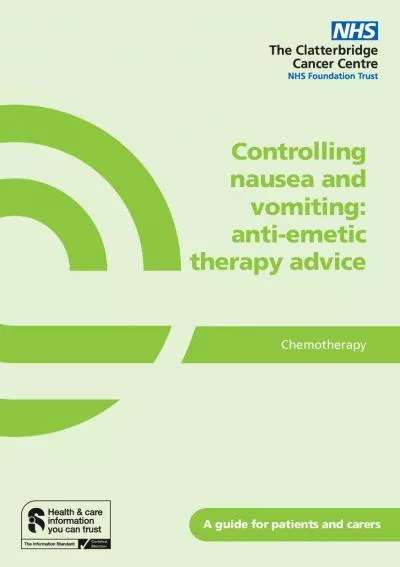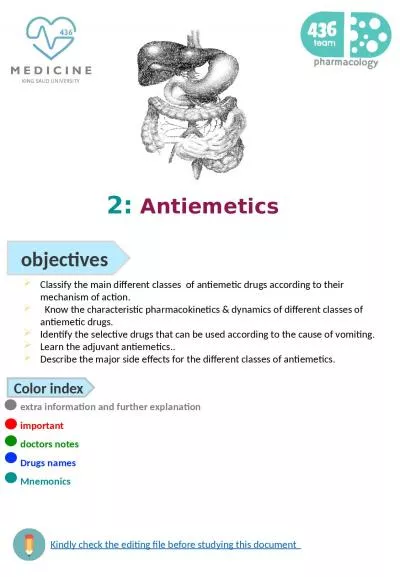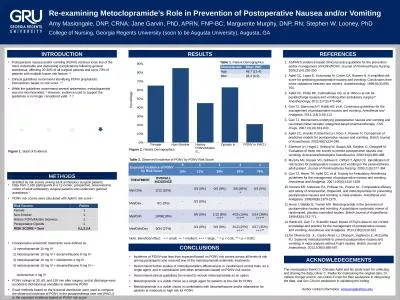PPT-(Drugs Used for Nausea and vomiting)
Author : cappi | Published Date : 2023-12-30
Antiemetic drugs Prof Alhaider Nausea and vomiting may be manifestations of many conditions However a useful abbreviation for remembering causes of nausea and
Presentation Embed Code
Download Presentation
Download Presentation The PPT/PDF document "(Drugs Used for Nausea and vomiting)" is the property of its rightful owner. Permission is granted to download and print the materials on this website for personal, non-commercial use only, and to display it on your personal computer provided you do not modify the materials and that you retain all copyright notices contained in the materials. By downloading content from our website, you accept the terms of this agreement.
(Drugs Used for Nausea and vomiting): Transcript
Download Rules Of Document
"(Drugs Used for Nausea and vomiting)"The content belongs to its owner. You may download and print it for personal use, without modification, and keep all copyright notices. By downloading, you agree to these terms.
Related Documents

